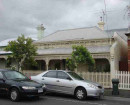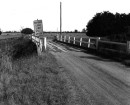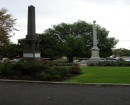ASPEN'S BATTERY
HAYDENS BOG ROAD BENDOC, EAST GIPPSLAND SHIRE
-
Add to tour
You must log in to do that.
-
Share
-
Shortlist place
You must log in to do that.
- Download report
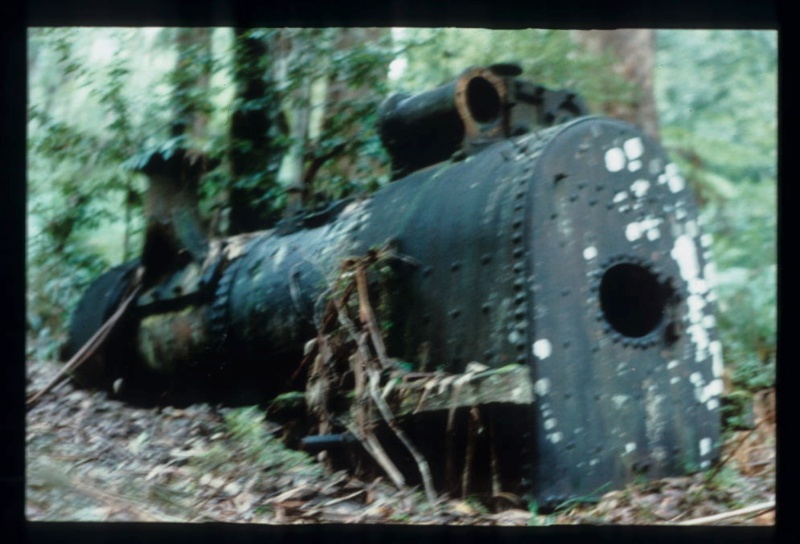

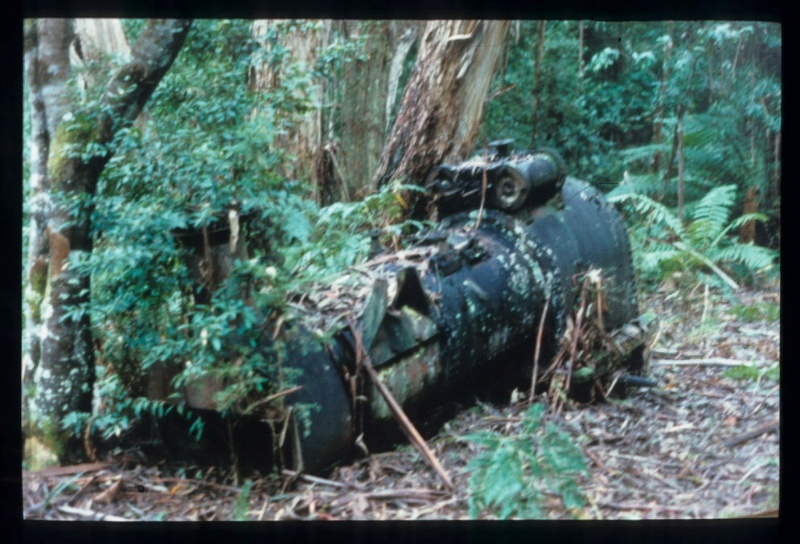
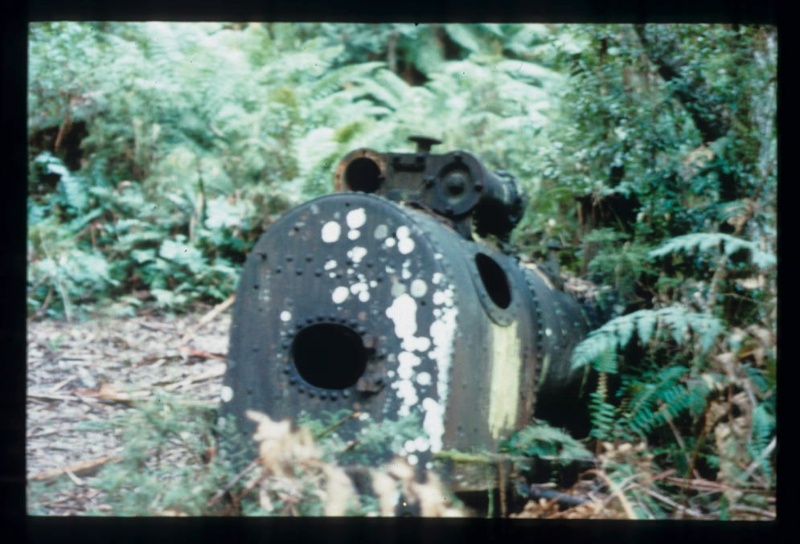
Statement of Significance
This record has minimal details. Please look to the right-hand-side bar for any further details about this record.
-
-
ASPEN'S BATTERY - History
Heritage Inventory History of Site: The Aspen battery was first mentioned by name in 1889, when quartz from the Crœsus and Welcome Stranger mines was being crushed there. Apparently, though, the battery was nearly derelict. Referred to as 'the Old Dolley, at Aspdens', it was constructed of wood, with 4 stamp heads and 9 ft diameter waterwheel, fed by a half-mile race. Of the Welcome Stranger's crushing, the mining registrar wrote that 'owing to the machine having stood so long idle, and being so much out of repair, the yield was very disappointing, the stone yielding only 2 oz of gold per ton'. Soon after, it was reported that the Welcome Stranger Co. had completed erection of a wooden, 4-head, iron-shod dolly. Probably, the company had decided it could do better with a new version of the dilapidated dolly at their own mine; but perhaps they merely reconditioned Aspen's.The Aspen battery site is potentially an important one for the Bendoc–Bonang area, as the wooden dolly here was one of the latest incarnations of a form of battery commonly employed in this district throughout its quartz-mining history. Most other goldfields had abandoned this form of crushing machinery by the early 1860s, but the practical miners of East Gippsland typically constructed (or recycled) these rough wooden batteries, with iron-shod stampers, to test the stone from their mines before deciding to bring in expensive plant from 'outside'. The main disadvantage of the dolly was that it had no gold-saving devices (or only crude ones) and much gold was lost in the crushing process. Successive mining registrars and visiting experts despaired at the 'primitive' standard of machinery employed on the field.The first battery in East Gippsland was a wooden dolly which served the original Bendoc reefs in 1867. The mining registrar remarked that satisfactory yields were being obtained from stone crushed 'in the rudest manner.' The Rising Sun Co.'s first battery (in 1869) was a hand-made dolly, as was the Union Co.'s machine, installed at the same time. (The Union Co. was soon after forced to stop work, as their dolly was losing so much gold.) The holders of the Albert claim, opposite the Aurora Borealis on the Bonang River, tested their reef with a dolly in 1873. In 1874, the Union Jack Co. erected a wooden dolly on its claim on the Bonang River, but lost so much gold during crushing that they were unable to make their mine pay. At this time, the mining registrar remarked that: 'reefs in this district require at present to be rich and yield well under the present mode of working and state of machine appliances.' The Crœsus Co. (which soon after crushed at Aspen's battery) built its own 'primitive machine, in the shape of a dolly' in 1887, and got 40 oz from 35 tons. Likewise, the Welcome Stranger Co., which had also crushed at Aspen's, erected its own 4-head dolly in 1889. The Eclipse Co., on the Bendoc River, early in 1888, erected a 4-head wooden dolly and crushed 30 tons for a yield of 90 oz. James Stirling, who visited the field soon after, marvelled that the Eclipse battery and water race would not have cost more than £150, and remarked: 'As the machinery is a typical specimen of bush carpentry and construction, I have photographed it, as a relic, in striking contrast with the machinery employed at the Rising Sun mine.' (Does his photograph survive?) In 1898, such 'relics' were still being constructed: a group of prospectors between Mt Bendoc and Bendoc River built a wooden 4-head battery and wheel for testing a reef.Heritage Inventory Description
ASPEN'S BATTERY - Heritage Inventory Description
Features of the Aspen's battery site are an excavated platform and portable steam engine. Battery - excavated platform overgrown with ferns, traces of timber uprights and mortar blocks to support five (four?) head of stamps. Portable engine - smoke box partly buried, all fittings removed. Part of Clarkeville site network with Clarkeville battery./n
Heritage Inventory Significance: RegionalScientific significanceùrarityNetwork valuesùwith Clarkeville battery
Heritage Inventory Site Features: BatteryùExcavated platform overgrown with ferns. Traces can be seen of timber uprights and mortar blocks to support five (four?) head of stamps.Portable engineùThe engine now lies in a clearing near the battery foundations. The smoke box is partly buried and all engine fittings have been removed. The engine is 11 ft long, and each of its two cylinders measures 7 inches in diameter and 16 inches in length. An inspection stamp on the fire box reads: LDS, 27/08/03, 30. The engineÆs wheels and fly wheel have been removed from the site.
-
-
-
-
-
BENDOC UNION CHURCH
 Victorian Heritage Register H1775
Victorian Heritage Register H1775 -
ASPEN'S BATTERY
 Victorian Heritage Inventory
Victorian Heritage Inventory -
WINDLE HUT/OLD BENDOC POST OFFICE
 Victorian Heritage Inventory
Victorian Heritage Inventory
-
-



